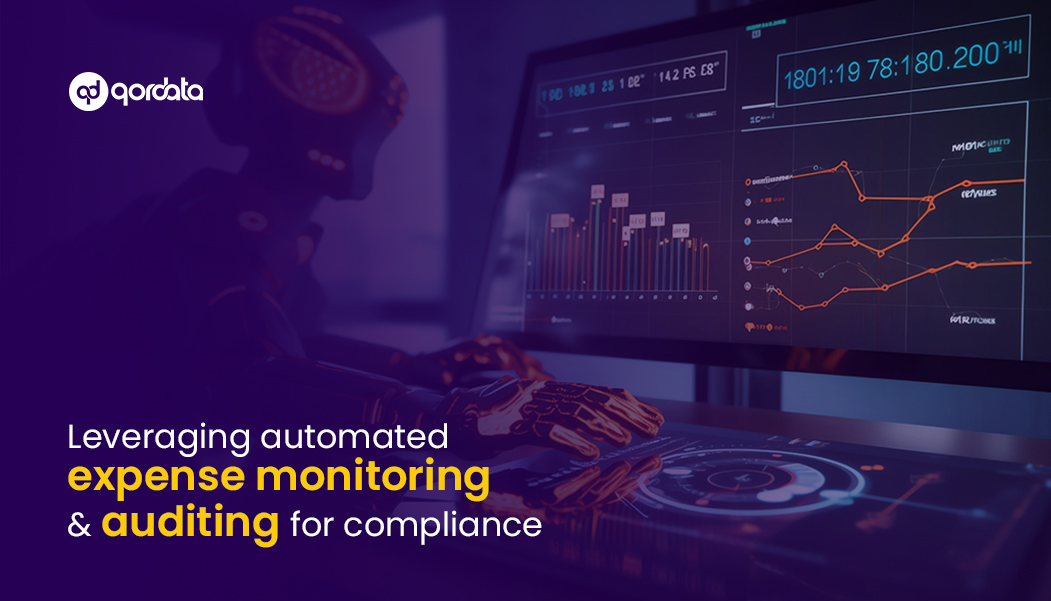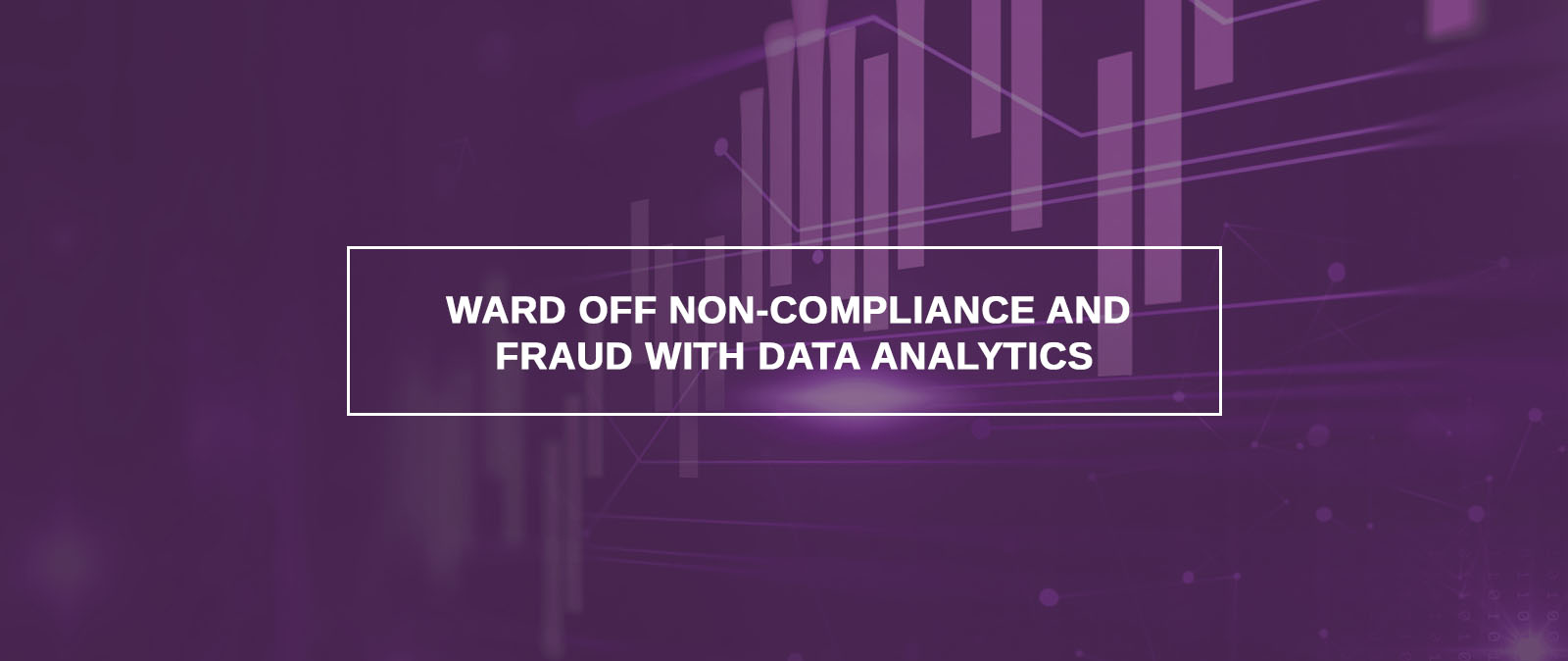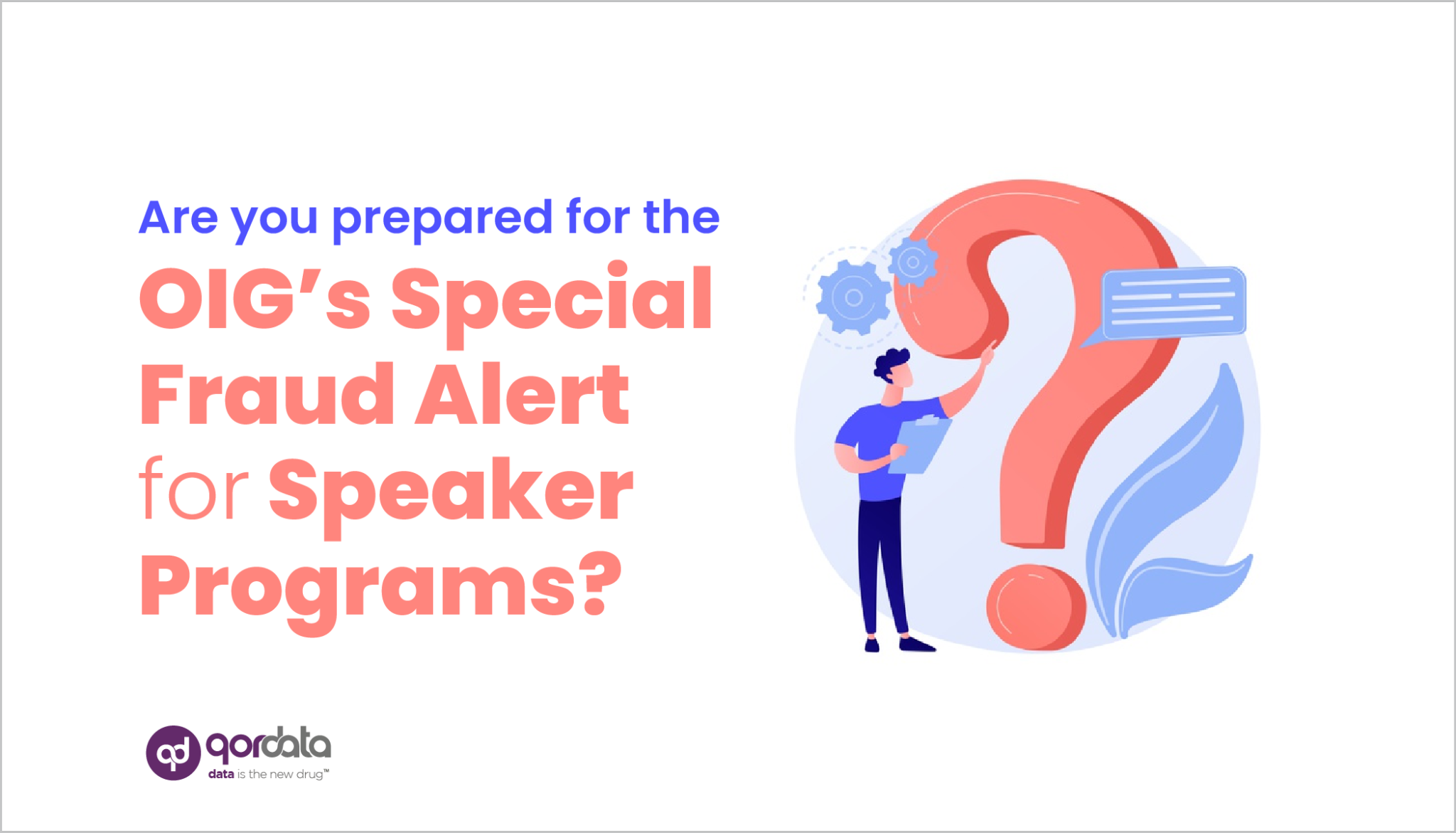Table of Contents
TogglePeople seeking to spend data on a specific physician will be searching through more than 600,000 physicians and/or going through 1,100 teaching hospital records with the latest update CMS makes in its Open Payments Database.
At qordata, we have employed our data engineering chops to make your life just that much easier. This is the second of a three-part series describing seven instant insights from the CMS Open Payments Data Release 2016*.
How have medical device and drug manufacturers’ spend patterns changed in each since the introduction of the Sunshine Payments Act? How many ways can a medical drug/device manufacturer make a transfer of value (ToV) to a physician or teaching hospital? Seventeen. You might be familiar with R&D, Consulting Fees, and Honoraria. Possibly less so with “Gift” and “Entertainment.”
Insight #1: More Transparency In Speaker Programs?
The drive towards transparency clearly shows some progress, at least in Speaker Programs. Whereas the broadly defined “Services (Speaker)” spend generally did well, growing by about 8.79% in 2016 and far above the negative (-14.10%) trend recorded in the previous year, its average growth since 2014 has been negative at -2.65%.
Speaker (Accredited) Vs. Speaker (Non-Accredited) presents the rest of the picture. Non-accredited speaker program spend also registered a decline between 2015 and 2016, and much sharper than “Services (Speaker)”.
According to the latest data published by CMS, pharmaceutical companies generally spent 32.09% less on these programs, and after 2014, this category has seen an average decline of 10.96%. This should surprise analysts, who may have noted that between 2014 and 2015, spend in this category rose by over 10%.
What has increased is spend towards Accredited Speaker Programs. The latest CMS disclosure reveals that between 2015 and 2016, spend increased by 28.65% (almost a third) over the previous year.
In contrast to the previous two categories, average spend performance has been increasing by 3.56% each year since 2014. ‘Average’ is an important word here, as spend figures weren’t as rosy between 2014 and 2015, going down 21.53%.
Insight #2: Charity Begins At Home—And Goes Where?
At 52.4%, the spend category that has experienced the highest average growth between 2014 and 2016 is Charity.
CMS defines charity as “Any payment or transfer of value made to an organization with tax-exempt status under the Internal Revenue Code of 1986, but only if it is not more specifically described by one of the other nature or payment categories.”
The treatment of charity is interesting and occasionally draws pharmaceuticals into tricky situations if they do not have explanatory records and notes to substantiate contributions made under this title.
For instance, when payments are made to grants, internal resources may misattribute that to charity. Likewise, in the example given by CMS (“A device manufacturer donates funds to a teaching hospital to help pay for a health education program,”) it is easy to see where manufacturers can go wrong.
That may partly explain the swerve in ‘Charity’ spend between 2013 and 2016.
Like nearly all other spend categories, we expected, triple-digit changes between 2013’s 5-month data and 2014. However, it was only a 48.72% increase. Between 2014 and 2015, however, when growth was stabilizing, this category recorded an increase of 135.85%, almost 100 percentage points over the previous year. This growth did not sustain itself, but instead sharply declined to -31.05%.
The sharp movement in this category obviously affects average figures, which explains why average performance of Charity has been over 52%.
What can analysts expect in 2017? We anticipate a further decline, though one not as sharp as that of 2016.
Insight #3: We Grant You This, But…
How did ‘Grants,’ which were faltering at -2.68% between 2014 and 2015, suddenly experience a 38.08% surge in the following year? Our data-backed estimate is that FDA approvals, passing of Stage III clinical trials and the subsequent launch of new drugs had a lot to do with this. Which drugs led the way? Let’s keep that for the next blog!
Reference: https://www.cms.gov/OpenPayments/About/Natures-of-Payment.html
*Three months ago, the Centers for Medicare & Medicaid Services (CMS) received reports on 2016 spend data from pharmaceutical drug and device manufacturers across the United States. On 30th June 2017, it released this data, allowing the public access to ToV reports between pharmaceuticals, healthcare professionals (HCPs), and teaching hospitals (HCOs), including updates on data received since 2013. For regular visitors of the CMS Website, that means sifting through more than 11.96 million records, just for 2016.



